Introduction
Luxury cars are more than just vehicles—they are emblems of status, sophistication, and technological excellence. For decades, the most prestigious automotive brands have captured the imagination of enthusiasts and collectors worldwide. But beyond the gleaming chrome and refined interiors lies another powerful element that often goes unnoticed: the logo.
A car logo is more than just a design; it encapsulates the brand’s philosophy, legacy, and aspirations. Whether it’s the regal stance of the Rolls-Royce “Spirit of Ecstasy” or the bold aggression of Lamborghini’s charging bull, each symbol carries a rich story steeped in tradition, innovation, and cultural significance.
In this article, we take an in-depth look at the logos of the world’s most iconic luxury car brands. We’ll explore their historical origins, the symbolism embedded within each design, how they’ve evolved over time, and why they continue to hold such strong emotional and cultural resonance. From heritage and racing pedigree to modern minimalism, luxury car logos are a masterclass in branding and design.
The Power of a Logo in the Luxury Market
In the realm of luxury, branding is everything. A logo is the face of the brand—the first visual cue that communicates its values, heritage, and exclusivity. For luxury cars, this representation becomes even more vital. These logos appear not just on the grille or steering wheel but on high-end fashion collaborations, lifestyle accessories, and in many cases, tattooed into the psyches of fans and followers.
Psychologically, luxury car logos convey status, aspiration, and belonging. They act as a shorthand for quality and pedigree, often creating a strong emotional connection with owners and admirers. A person who buys a Bentley isn’t just buying a car—they’re aligning themselves with a century-old narrative of British aristocracy and craftsmanship.
Furthermore, luxury logos become a form of non-verbal communication. They announce success and discernment in an instant, which is why the design must be immediately recognizable and rich with symbolism. Luxury car brands invest millions in refining their logos to strike the right balance between tradition and modernity, gravitas and allure.
Detailed Profiles of Iconic Luxury Car Logos
1. Rolls-Royce
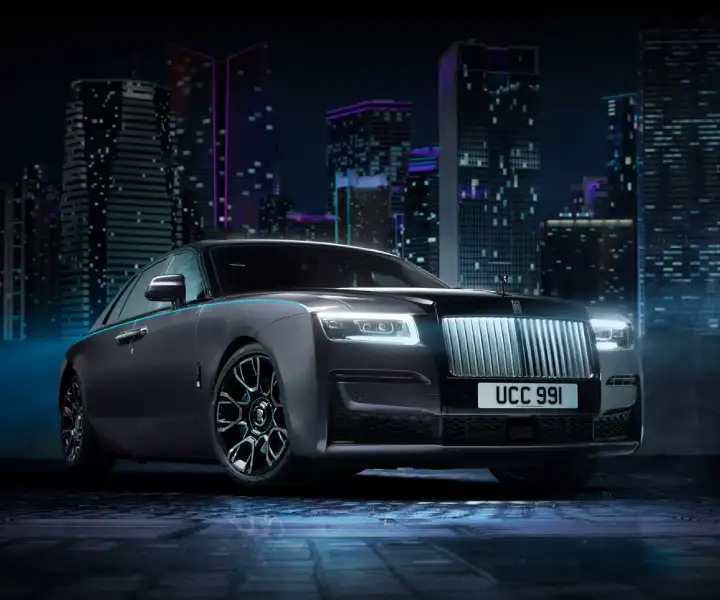
Few symbols in the automotive world carry the gravitas of the Rolls-Royce emblem. The intertwining double “R” monogram represents the initials of the company’s founders, Charles Rolls and Henry Royce, whose partnership began in 1904. The logo stands for engineering excellence, discretion, and timeless elegance.
Perhaps even more iconic than the badge is the “Spirit of Ecstasy,” the graceful hood ornament that has adorned Rolls-Royce cars since 1911. Sculpted by Charles Sykes, the figurine depicts a woman leaning forward, robes billowing like wings—a visual representation of speed, grace, and serenity. This figurine alone has become one of the most coveted and recognized luxury symbols globally.
2. Bentley
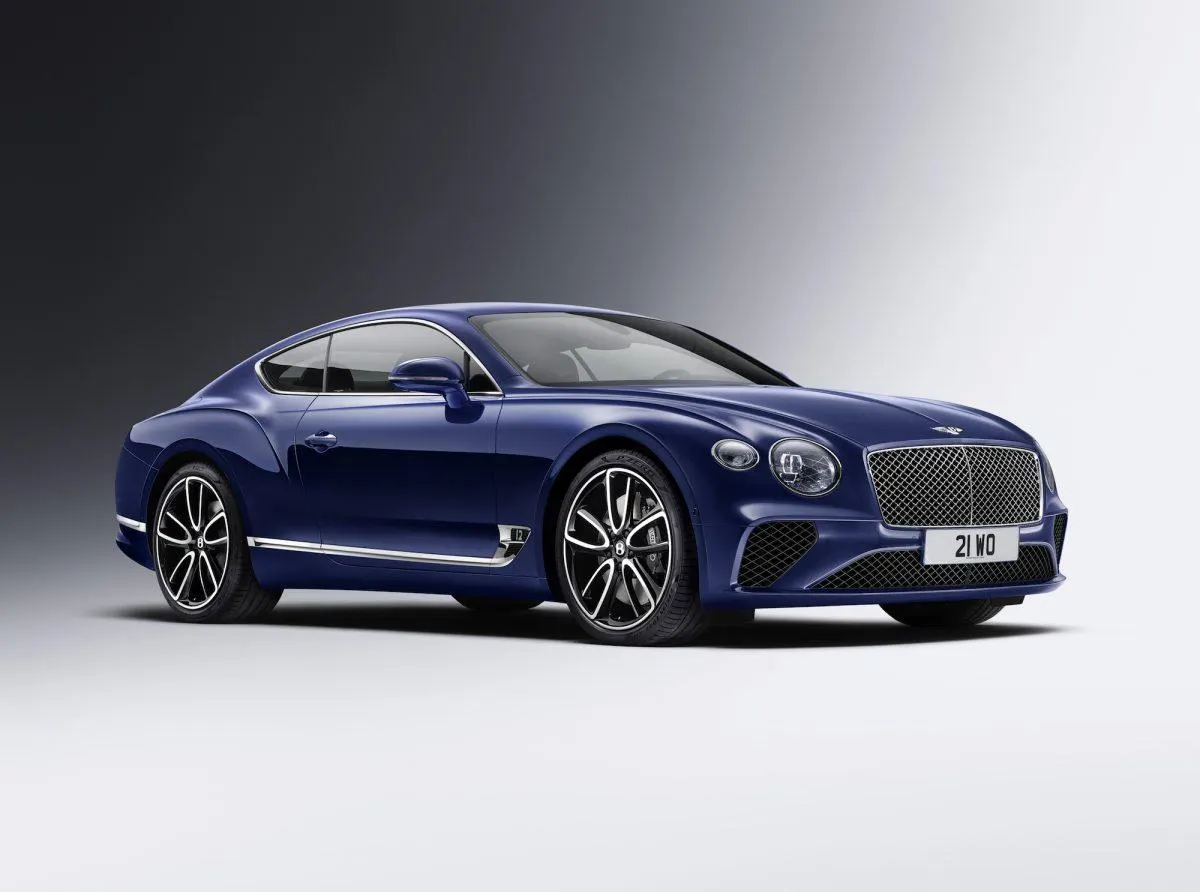
Another British titan of luxury, Bentley’s logo is rooted in the theme of motion and power. The central element is a bold capital “B,” encircled by a pair of stylized wings. This symbolizes speed and flight—a tribute to the company’s aviation past and high-performance ethos.
The winged emblem dates back to the brand’s early days in the 1920s and has remained largely unchanged, reinforcing Bentley’s commitment to tradition. However, subtle modernizations in line weight and coloring have kept the logo contemporary without compromising its classic charm.
3. Mercedes-Benz
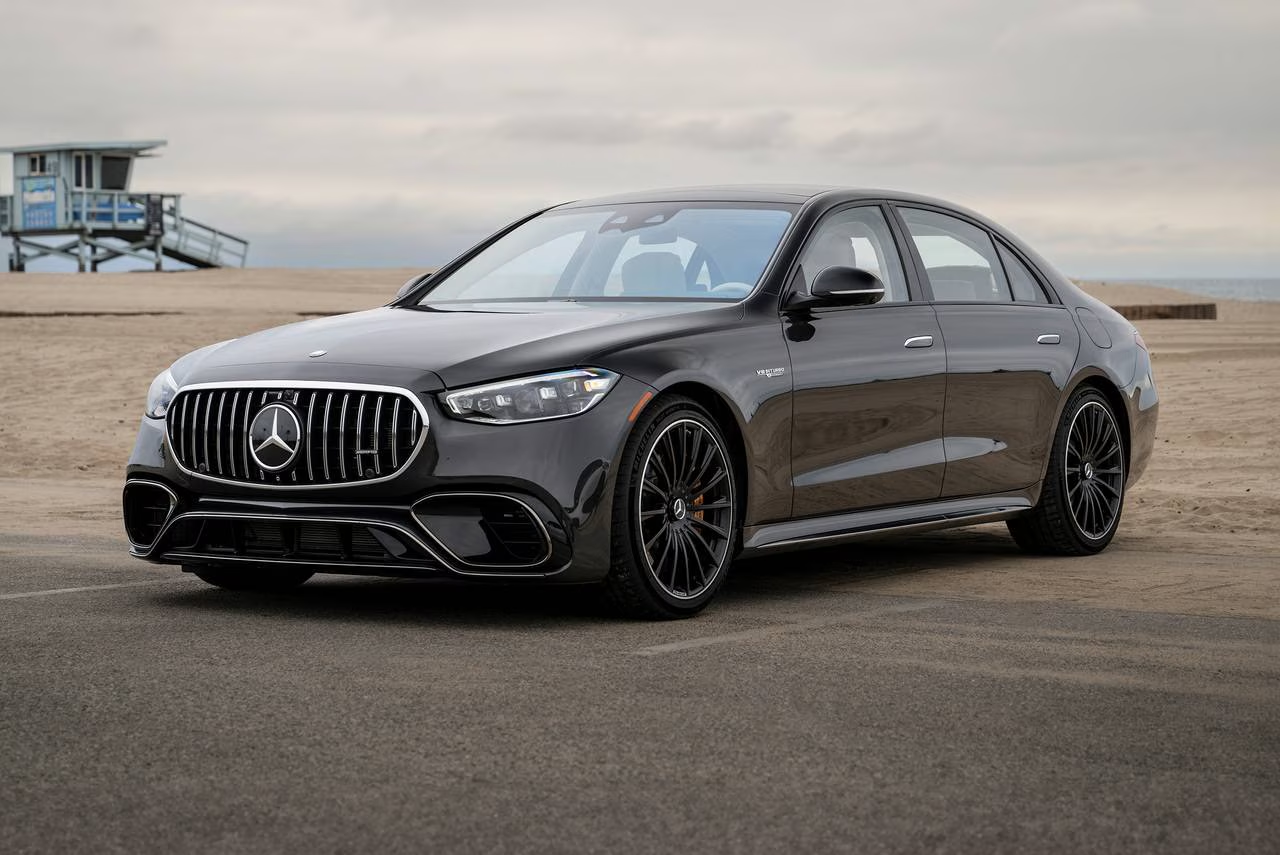
Mercedes-Benz’s three-pointed star is one of the most iconic logos in automotive history. It represents the brand’s ambition to dominate land, sea, and air transportation. Introduced in 1926, the star was chosen by Gottlieb Daimler’s sons to signify universal motorization.
Encased in a simple circle, the design is minimalist yet powerful, perfectly reflecting the brand’s identity: German engineering, reliability, and prestige. Over the years, the logo has undergone only minor refinements, underscoring its timelessness.
4. BMW
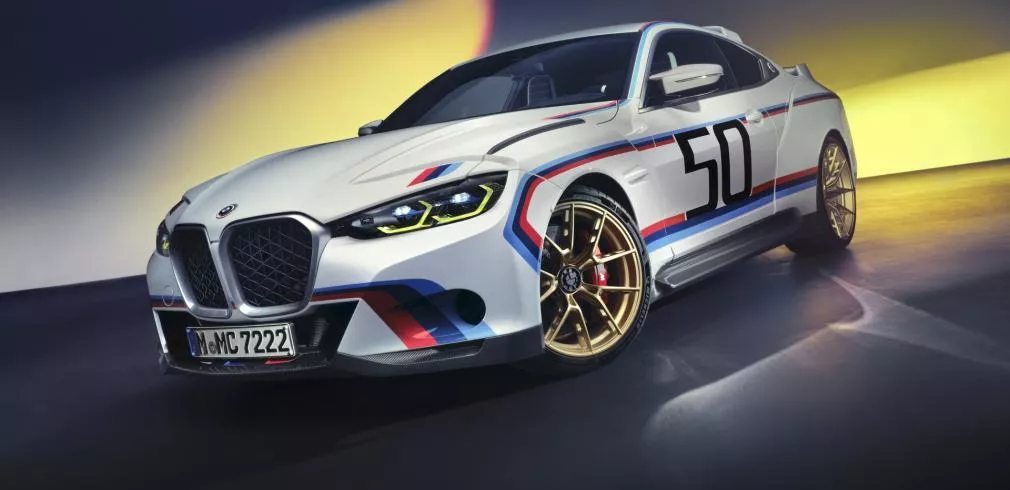
BMW’s roundel logo is steeped in aviation heritage. The design features a circle divided into blue and white quadrants—the colors of the Bavarian flag. While commonly mistaken as representing spinning propellers, the logo’s true origin lies in its regional pride and historical identity.
The outer black ring featuring the letters “BMW” has become a powerful brand symbol globally. In 2020, the company unveiled a modernized version of the logo—flatter and more transparent—aiming for a digital-friendly and minimalist aesthetic while preserving its iconic status.
5. Audi
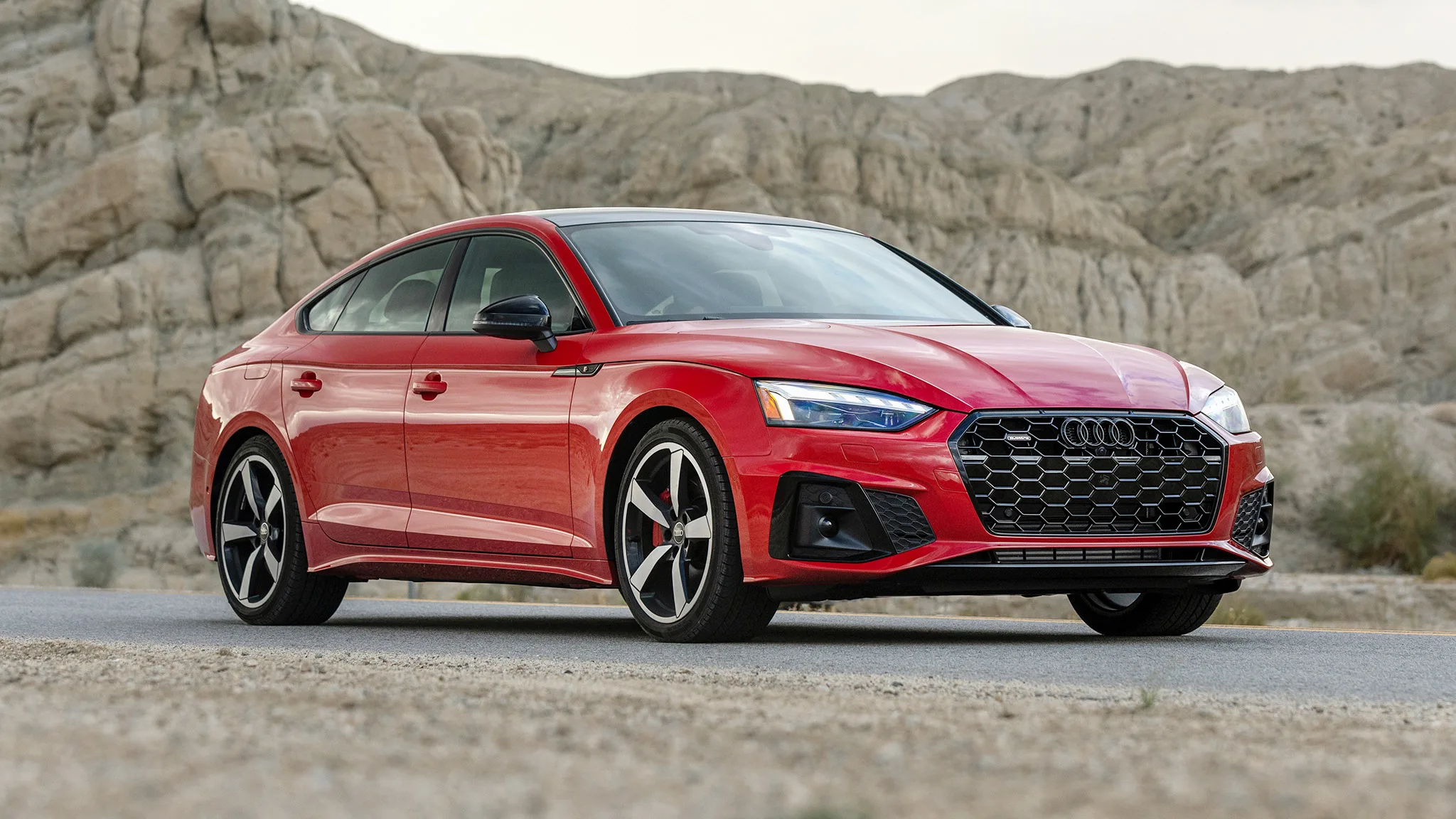
Audi’s four interlinked rings are more than a sleek modernist symbol—they represent a historical merger. In 1932, four German car manufacturers—Audi, DKW, Horch, and Wanderer—came together to form Auto Union, which later became Audi as we know it.
Each ring in the logo symbolizes one of the founding companies. The design reflects unity and collaboration, while its smooth, symmetrical form conveys modern luxury and precision. Audi’s recent updates to its logo have made it more digital-friendly, embracing flat design while keeping its essence intact.
6. Ferrari
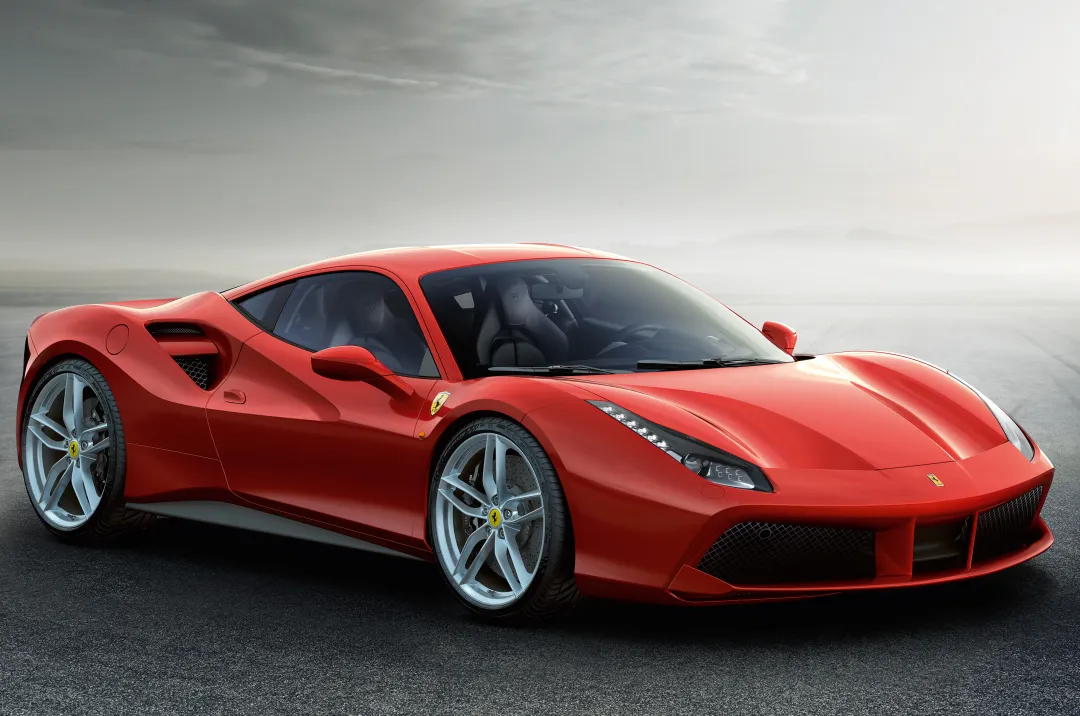
No discussion of luxury car logos is complete without Ferrari’s prancing horse, or Cavallino Rampante. Set against a yellow background—the color of founder Enzo Ferrari’s hometown of Modena—the logo also features the Italian tricolor at the top, celebrating national pride.
The horse originally adorned the fighter plane of WWI ace Francesco Baracca and was adopted by Enzo Ferrari as a symbol of courage, speed, and strength. It is now one of the most recognized emblems in sports and automotive history.
7. Lamborghini
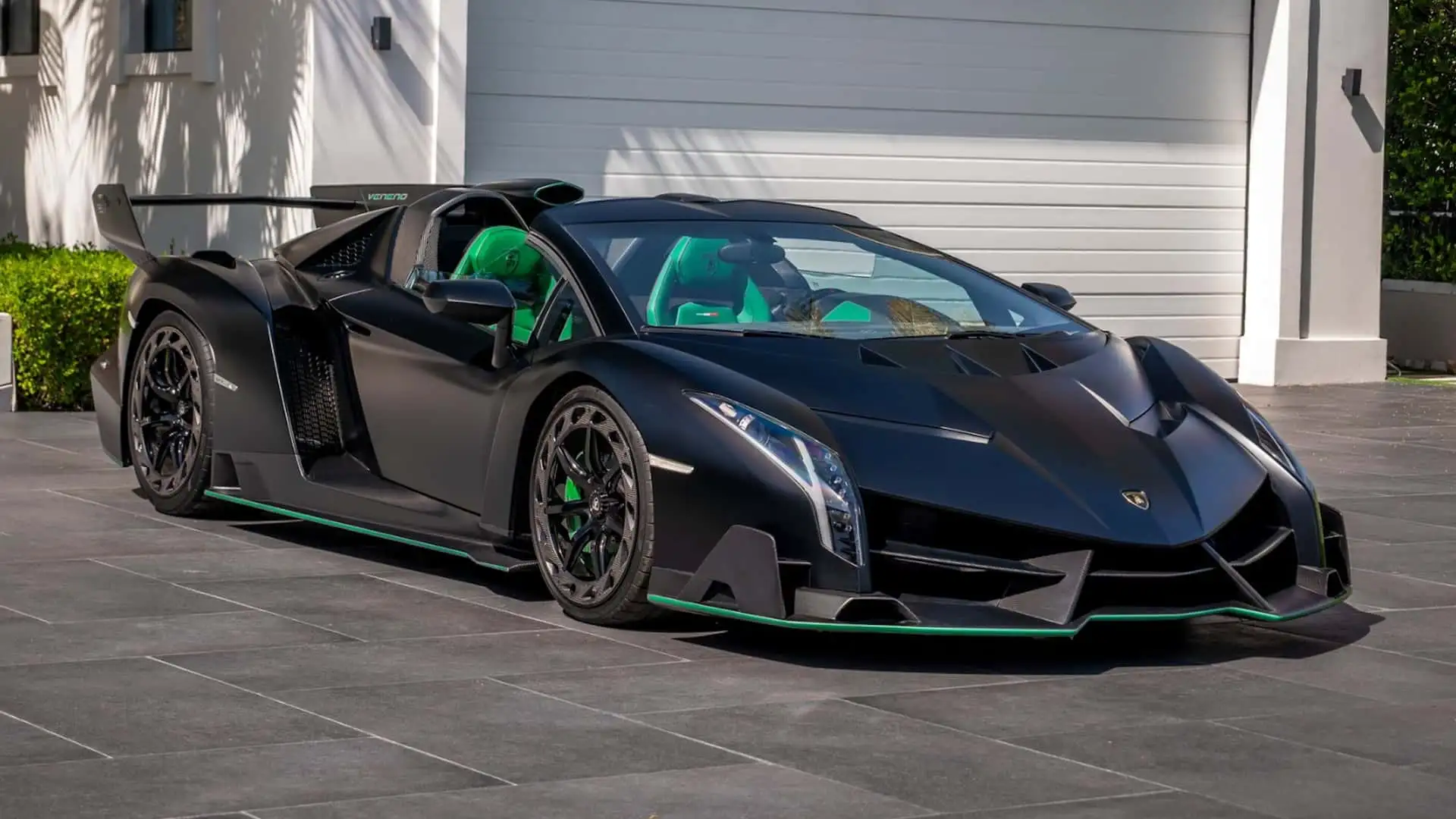
If Ferrari’s horse represents refined power, Lamborghini’s bull is raw aggression and tenacity. The logo features a charging bull within a shield, reflecting founder Ferruccio Lamborghini’s zodiac sign (Taurus) and his passion for Spanish bullfighting.
This logo communicates dominance, strength, and a rebellious spirit—a fitting identity for a brand born from a rivalry with Ferrari and committed to pushing design and performance boundaries.
8. Porsche

Porsche’s logo is essentially a stylized coat of arms. It features the city of Stuttgart’s emblem—a black horse—set against red and black stripes with antlers, taken from the Kingdom of Württemberg’s heraldry.
This complex, crest-like logo reflects tradition, prestige, and the brand’s deep German roots. While Porsche’s designs have become increasingly futuristic, the logo remains a strong link to its heritage and motorsport excellence.
9. Maserati
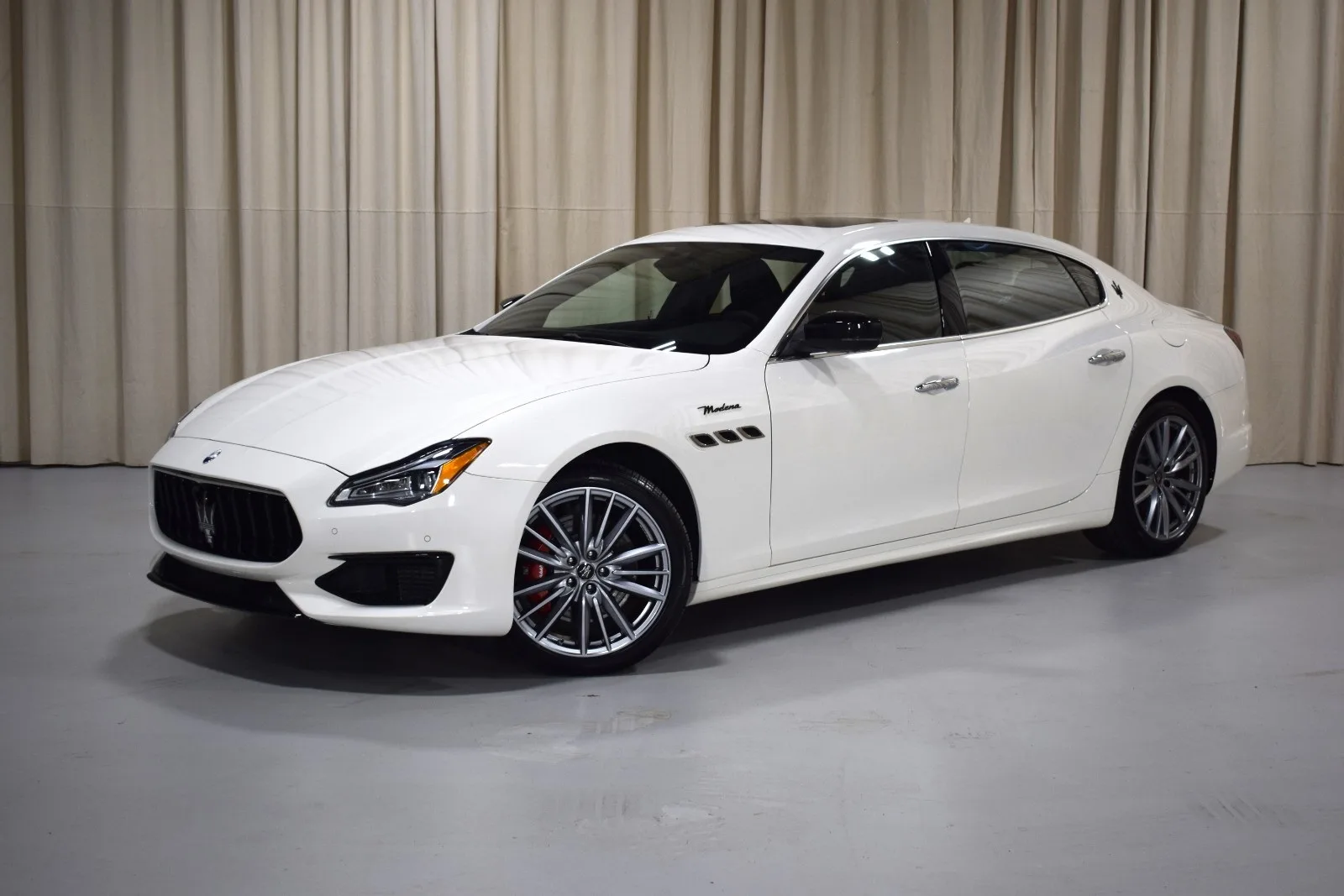
Maserati’s trident logo is inspired by the Fountain of Neptune in Bologna, the company’s original headquarters. Neptune’s trident symbolizes power and command over the sea, and in Maserati’s hands, it also suggests luxury and exotic Italian design.
This logo stands out for its elegance and mythology, positioning Maserati as both a sports car manufacturer and a curator of Italian artistry.
The Evolution of Luxury Car Logos
Luxury brands must walk a fine line: evolve enough to stay relevant but retain the heritage that makes them iconic. In recent years, there has been a trend toward flat design—a style better suited for digital environments. BMW, Audi, and Volkswagen have all embraced this look, shedding three-dimensionality for cleaner, bolder shapes.
These changes are often subtle—adjustments in shading, color, or typography—meant to modernize rather than reinvent. For luxury brands, the risk of alienating loyal customers with drastic redesigns is high. That’s why changes are made thoughtfully, with reverence for legacy.
Cultural Significance and Global Appeal
Luxury car logos transcend language and borders. In China, a Mercedes or Rolls-Royce badge is often associated with wealth and social standing. In the Middle East, brands like Bentley and Ferrari are favored for their elegance and performance. In the U.S. and Europe, these logos signal not just luxury but lifestyle choices and personal taste.
Some logos are adapted slightly to suit local preferences, but most remain universal. Their timeless appeal, cultural symbolism, and design consistency help maintain global desirability.
Conclusion
Luxury car logos are more than just corporate symbols—they are visual narratives woven from decades of innovation, tradition, and passion. They speak to the identity of the brand and the aspirations of the people who buy them. Whether it’s the stately Spirit of Ecstasy or the fierce Lamborghini bull, each logo tells a story of craftsmanship, excellence, and enduring allure.
In an age where visual branding is more important than ever, these logos continue to command admiration and respect. They are not only emblems on a car—they are symbols of prestige.


